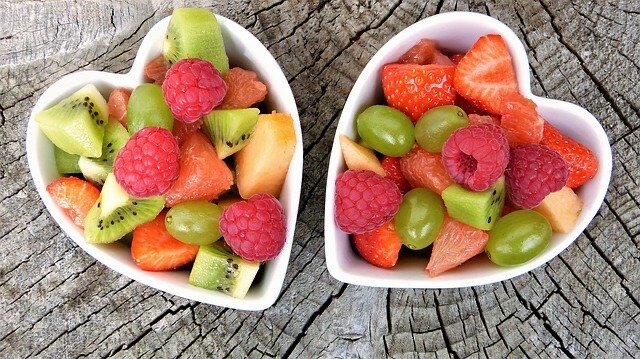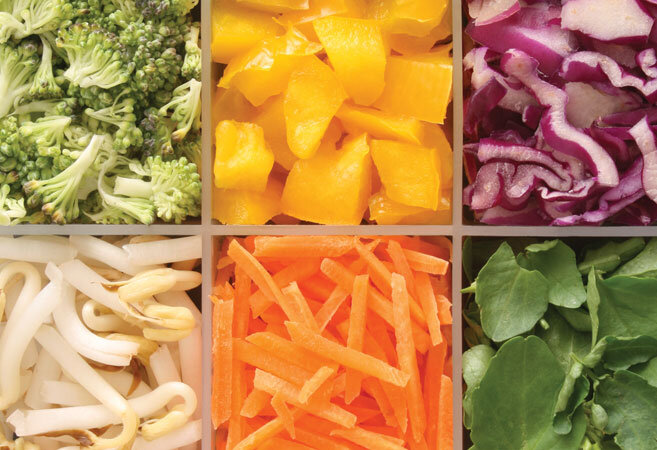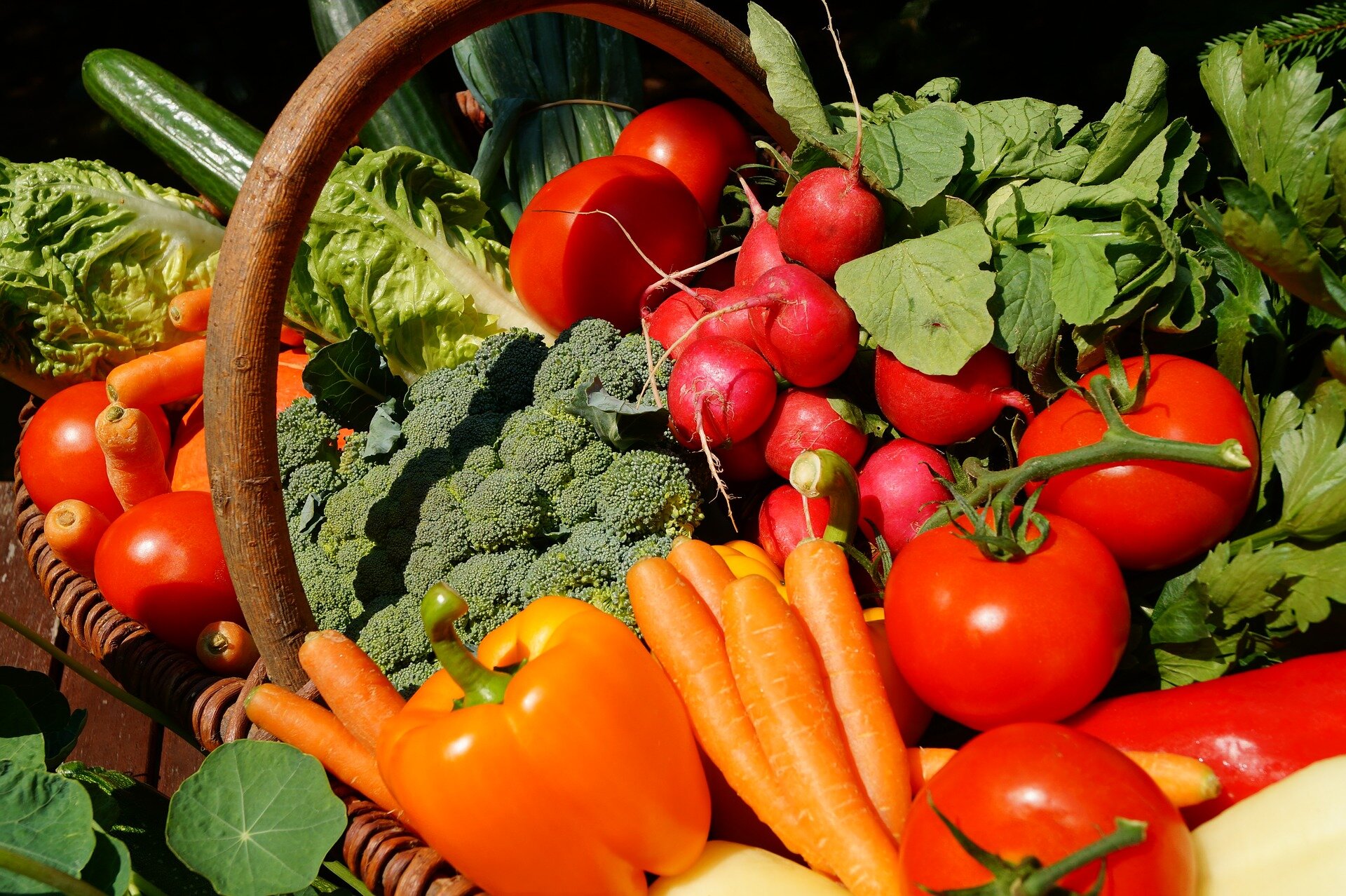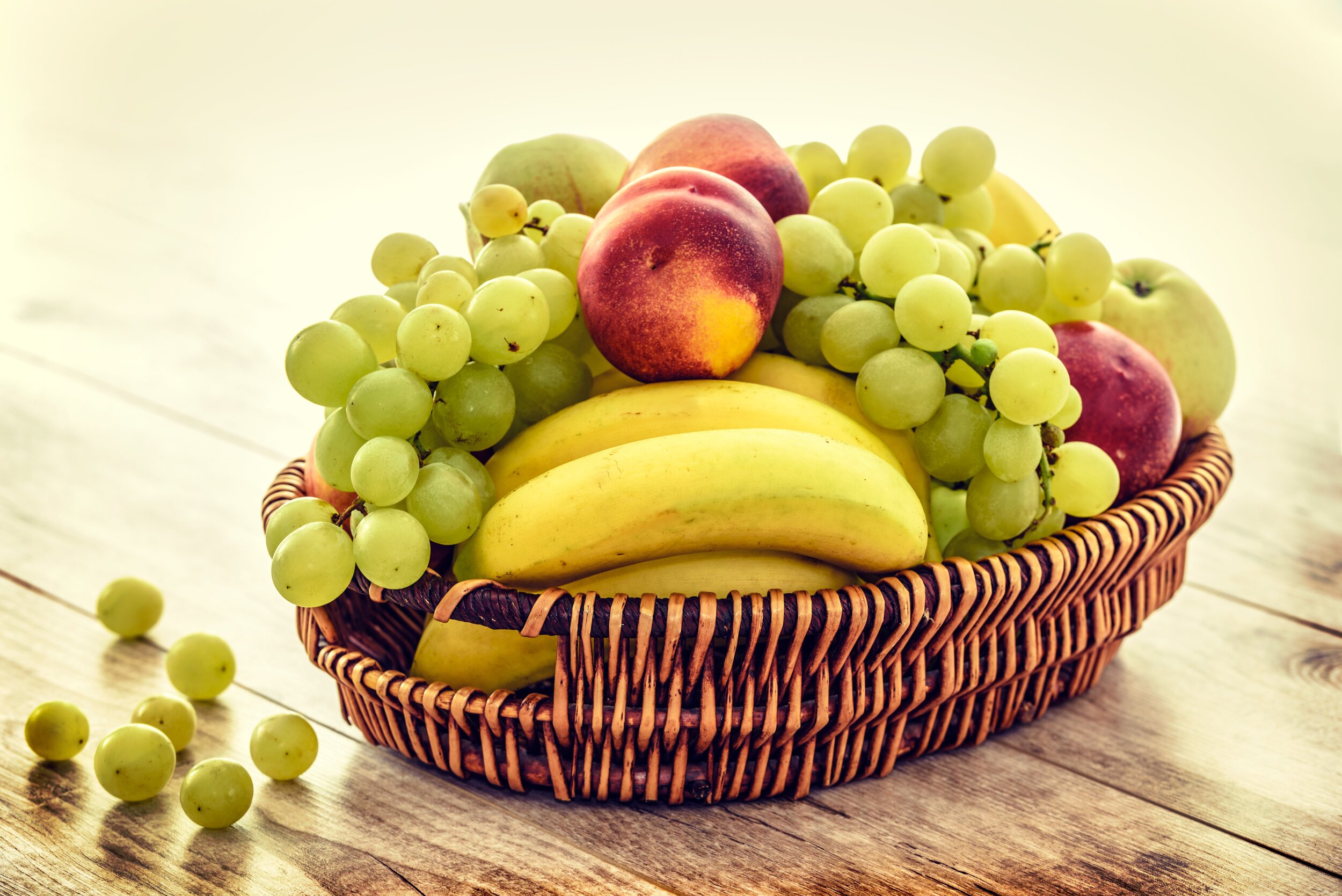February is American Heart Month. Exercising and eating a variety of healthy foods are important for a healthy lifestyle and a healthy heart. Eating is a favorite topic among families, friends, and even social media acquaintances. During the pandemic, people have either started living in sweats and stuffing their faces with reckless abandon or they are exercising and embracing healthier eating plans. I’m happy to say I am now following a healthier more plant-based eating plan. It’s helped me shed a few pounds and feel better about myself. I’ve also resumed my daily walks – weather permitting I’m up to 3 miles a day hoping to get back to 5 by spring. I’m not going to lie, so far February has been too cold for walking outside and I’m not risking my health in a pandemic to walk on an indoor track – even with a mask.
Plant-based eating isn’t for everyone, but everyone can and should eat more plant-based food. Start out slow and remove all the animal protein from one day in the week – that means no meat, dairy (butter, cheese, milk), or eggs for one day. For breakfast have a bowl of oatmeal made with almond milk or oat milk. Add in some walnuts or almonds, chia seeds, toasted unsweetened coconut, fresh or frozen fruit, and some cinnamon. For lunch make a vegetable panini with mushrooms and a fresh salad with fruit. For dinner, make some hearty bean chili, a delicious vegetable soup, or some rice and beans. That’s one day. You can eliminate a considerable amount of cholesterol from your diet just by nixing the animal protein for one day a week.
You can tweak your regular diet by adding more whole grains, leafy green vegetables, fruits, legumes, and sweet potatoes. Pay attention to portion control, which varies with age, especially when you are eating meats, starches, or fats such as butter, cheese, or oils.
Serving size and portion can be different. It’s confusing, but a portion is an amount you eat, and a serving size is a standard amount of food. For example, you may eat a medium apple, but what constitutes “medium” may vary from person to person. The serving size of ½ cup of apple is always the same.
Per day serving sizes for people 50 and older are as follows:
Vegetables - 2 to 3 cups
Fruits – 1.5 to 2 cups
Grains – 5 to 8 ounces
Dairy – 3 cups (fat-free or low-fat)
Protein Foods – 5 to 6.5 ounces
Oils – 5 to 7 teaspoons
Once you’ve weighed your food a few times, you will get a visual approximation of a serving size. It will help you decide how to portion out your serving sizes during your meals and snacks. Keep your snacks healthier by packing your own instead of buying something from a vending machine at work.
It’s also important to remember foods provide important vitamins and minerals and some foods are more calorie or nutritionally dense than others. This will affect the portions you choose to consume.
A 100g serving of celery is 95% water. It has only 16 calories. It contains 28% of your recommended daily amount (RDA) of Vitamin K and 3% of your RDA for Vitamin A, plus modest amounts of other vitamins and minerals, A 100g serving of sweet potatoes has 90 calories and is rich in a variety of vitamins and minerals including 120% of your RDA of Vitamin A, but it is not a significant source of Vitamin K.
Five servings of celery would be 80 calories, which is less calorically than a single serving of sweet potatoes, but you would consume 140% of your recommended Vitamin K and only 15% of your Vitamin A.
You can eat healthy foods and still gain or lose weight. Food choices count. Serving sizes and portions matter. Get to know the nutritional value and caloric content in a single serving of the foods you eat. Remember, the portions you serve at home will be different than the portions you receive at a restaurant or at a friend’s home.
Sources for this article:
nia.nih.gov











